Last November and December, we took yet another pause in our cycling to spend five weeks volunteering for Marine Conservation Cambodia, based out of an up-and-coming beach resort area called Kep. As the name implies, MCC is a grassroots organization primarily focused on protecting a small section of Cambodia's coast from illegal fishing practices. Trawling in areas shallower than twenty meters, electric-shock fishing, and the collection of organisms with breathing-assistance (i.e. tube fishing) are all highly destructive, short-sighted, yet common harvesting methods that have been banned by Cambodian Fisheries Law.
The catch (pun intended) is a lack of effective enforcement by Marine Police, who are actually paid off by local and Vietnamese fisherfolk to look the other way. When MCC set up shop just down the beach from a Marine Police outpost on the little island of Koh Seh a couple of years ago, they began picking up the enforcement slack. They conducted their own patrols led by local Khmer staff, confiscating illegal fishing apparatus and chasing boats out of areas that still had enough habitat left for a shot at recovery. This was not without some good ol' Wild West-style drama though. Those rascally Marine Police deployed their firearms (probably for the first time ever) with warning shots intended to scare off the MCC crew, claiming that the illegal boats were "under police protection." That does make for an awkward situation for sharing a tiny island, doesn't it?
Fortunately for the endangered seahorses and other incredible marine creatures not yet scooped up in a trawling net, English ex-pat Paul Ferber, the founder of MCC, is not so easily unsettled from his goal. The rationale for quite literally defending this small triangle in the Gulf of Thailand is to demonstrate that the simple act of enforcement of Cambodia's existing fisheries laws actually created relatively healthy marine ecosystems. And once that happens, everyone will want to have one, ideally spurring the government into nationwide action and thereby saving the future of Cambodia's biodiversity and preserving the livelihoods of small-scale lower-impact fisherfolk.
Of course, all of this silly conservation theory has to be proven effective again and again, and that is where MCC's volunteers come in. By conducting coral reef surveys and collecting data on MCC's flagship seahorse species, the citizen scientists have set a baseline for measuring progress, essentially creating dynamic "before and after pictures" of MCC's enforcement campaign. Monitoring the process of recovery also provides insights as to how quickly specific species recolonize their habitat after it's been decimated, and how successfully certain populations of organisms are able to rebound from human-caused catastrophe. Should this whole enforcement thing catch on in the region, this would be quite a valuable resource to inform other localized restoration efforts and management decisions going forward.
We personally did not get involved in wrangling any fish burglars (so sorry to disappoint you), but we heard that things got a lot more exciting on that front a couple of months after we left! Nonetheless, our experience had many positive aspects combined with some influential challenges that ultimately resulted in a memorable chapter of our journey with a complex aftertaste. That is if chapters had aftertastes. Well, you know what I mean...hopefully. Some examples include:
Shallow Water Diving--It was quite an adjustment to jump in to water that we could almost stand in for the duration of our dives. At times it resembled snorkeling with a scuba tank on. Too deep of a breathe could send you to the surface and a full exhale might have you clunking along the bottom. It was kind of claustrophobic! On the upside, a tank could last all afternoon with no need to conserve, or even check your air supply gauge for that matter. And given that our deepest moments were still above the 15-feet (3-meter) safety stop mark, we could surface as needed for a conversation with our dive buddy when underwater sign language got too confusing. Risk of decompression illness was nil, which made for a low-stress return to diving after my encounter with it a few months prior in Thailand.
Spotting the Masters of Camouflage--Finding a sea horse is kind of like an underwater Easter egg hunt, a really hard one, or perhaps a Where's Waldo search if he were sporting a camouflage-printed scuba suit. But the rush of excitement is exactly the same when you do finally lock eyes on one. When Matt and I have dived together previously, I was usually the first one to point out the tiny nudibranchs and tricky scorpionfish. However, at MCC I simply could not spot "my own" sea horse. Once my dive partner (usually Matt but sometimes other volunteers) had already located one, I could hone in on it quickly though. At first, I figured I was just unlucky in that my designated search areas were barren of the sparsely populated critters, but as the weeks dragged on, the statistical odds of that actually being the case went down and down. Finally, it happened! "My" cute little juvenile was too small to be tagged with a non-toxic polymer tattoo for further individual study, but it sure posed for photos nicely so it's smug mug could be added to the citizen science driven database called iSeahorse. And after that encounter, the curse was broken and I began spotting seahorses on almost every dive.
Island life--On Koh Seh we lived even more simply than our usual lifestyle while cycle touring. Our bungalow had a cement floor but loosely woven bamboo walls and thatched roof. Showers were of the bucket variety, meaning that we dumped a frugal amount of precious rainwater over our heads. We didn't have to make the typical lengthy decisions about when, where, and what to eat as delicious Khmer meals were provided on a general schedule in an open-sided communal bungalow. A noisy generator provided electricity from dusk to dawn and luxuriously powered a ceiling fan that sort of penetrated the mosquito net we slept under. We could technically connect to the Internet through a distant cellular network, but could rarely load any pages. That was usually just fine with us, as hammocks beckoned and a dip in the ocean was never more than a few steps away. We were close to nature and had no option but to be present in the moment. Except for all those nights we "escaped the island" while watching a movie on our laptop, but I digress. It actually felt unfamiliar to stay in a solid-walled, multi-storied building with running and water and wifi after we left. In fact, in five weeks, we only returned to the mainland for one weekend, so we really got the chance to settle in to the slower, relaxed pace that seems to be an inescapable characteristic of tropical islands.
Read more about Liger Learning Center's visit at my guest blog post on MCC's website.
The only partial solution was to find a way to burn less plastic, and the only way to do that was to make the debris useful again. MCC diverts a fraction of the styrofoam infestation by shredding it for bean bag stuffing, but I was interested in the creative potential of all the shoes. Yes, shoes. The perimeter of the island was lined with hundreds upon hundreds of flip flops and sandals. The shoes had captivated the imagination of other volunteers too, ranging from a legendary decorative flip flop tree to an uncomfortable hammock. I opted for something basic but solid--a stool. Constructed of about fifty pieces of rejected footwear, "The Shoel" turned out to be a bit of a commitment by the time we collected, washed, drilled holes, and lashed them together with fishing rope also scavenged from the beach. With the (temporary?) success of The Shoel, I was ready to move on to a whole bench, but unfortunately I procrastinated until too close to our departure for that one.
If you can't stand the smoke, get off of the island--Unfortunately, the previously mentioned beach cleanup rubbish was just one source of smoke to fill our nostrils on Koh Seh. Perhaps the least offensive, but still overpowering, was piles of sea grass burned along the beach often filling up our cabin. The beach collected an unnatural amount of sea grass from the illegal trawlers uprooting it as they dragged their nets attached to heavy apparatus along the sea floor. Apparently, if the sea grass wasn't raked off the beach, it would cause a stinky mess of decomposition and its smoke was rumored to keep the mosquitos at bay. More constant was the cigarette smoke. We were in a small minority of non-smokers on the island, so it seemed that there was always someone puffing away upwind of us, which really limited our desire to be social.
It's the simple things that make a difference--It was also really disappointing to find cigarette butts everywhere on the ground, even intentionally thrown onto the same beach and in to the same ocean that the people doing it were claiming to be protecting! The glaring hypocrisy really boggled our minds. As volunteers, we were actually paying a good chunk of money to pick up litter mostly created by people who were getting paid to be there. When we chose to collect and weigh the litter on a weekly basis, it ranged from three to seven pounds each time!
While it is normal to see butts and litter everywhere in Asia, we had falsely assumed that things would be different in this microcosm of environmental passion. And that's when we realized how our latent expectations had misled us. At least as of yet, MCC is not a broad marine conservation organization consistently concerned about the dispersed but constant threats of climate change, ocean acidification, bioaccumulation of toxins, marine debris, and so on. It is a marine protection organization focused specifically on the most immediate and direct threat of illegal fishing on local habitats and species. We understand it is a relatively young organization; we get that it is resource-strapped from being solely funded by volunteer fees; we know everything is an uphill battle in Cambodia. But none of that is an obstacle to keeping your toxic butt out of the sea or recycling your beer can instead of trying to burn it. As we see it, if you're going to forcefully stop impoverished fisherfolk from destroying the ocean, then you better being doing everything you can to not contribute to its demise either, especially when a starting point would be simply refraining from eating and drinking out of single-use plastic and styrofoam, as one example.
Since the lack of a general environmental ethic was undermining MCC's victories, at least in our eyes, we introduced a "how to walk our talk" initiative as diplomatically as we could. Staff and volunteers brainstormed ideas and got some of them underway. We fashioned lids on garbage cans to see if that helped with the litter problem. I got a compost system up and running that had fallen by the wayside, diverting a portion of the food waste from being dumped and/or burned. Matt nailed makeshift ashtrays to trees near the hammock hangout spots along the beach, where some but not all butts were then deposited. As it turned out, the containers were too big since folks then quickly filled them with empty beer cans and cigarette packaging. We hope we left some idea of accountability for personal actions and perhaps others will continue where we left off.
Perhaps as the strangest moment in our history of environmental activism, we were particularly proud of getting the momentum going on an "incinerator" as slightly better way to burn garbage. While it would not actually reach true incineration temperatures that would eliminate toxins in the burning material, the hope was it would burn faster and more thoroughly, thus reducing the island residents' overall exposure to the fumes and reducing the quantity of toxic ash that then had to be "disposed of." Paul had made the design, rocks for the walls had been hauled to the site, and the foundation had been laid by the time we left. MCC just needed enough money to buy more cement in order for the project to progress.

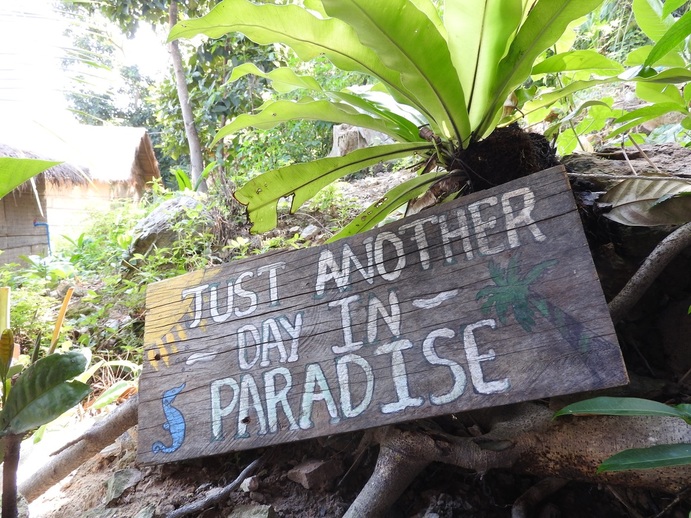
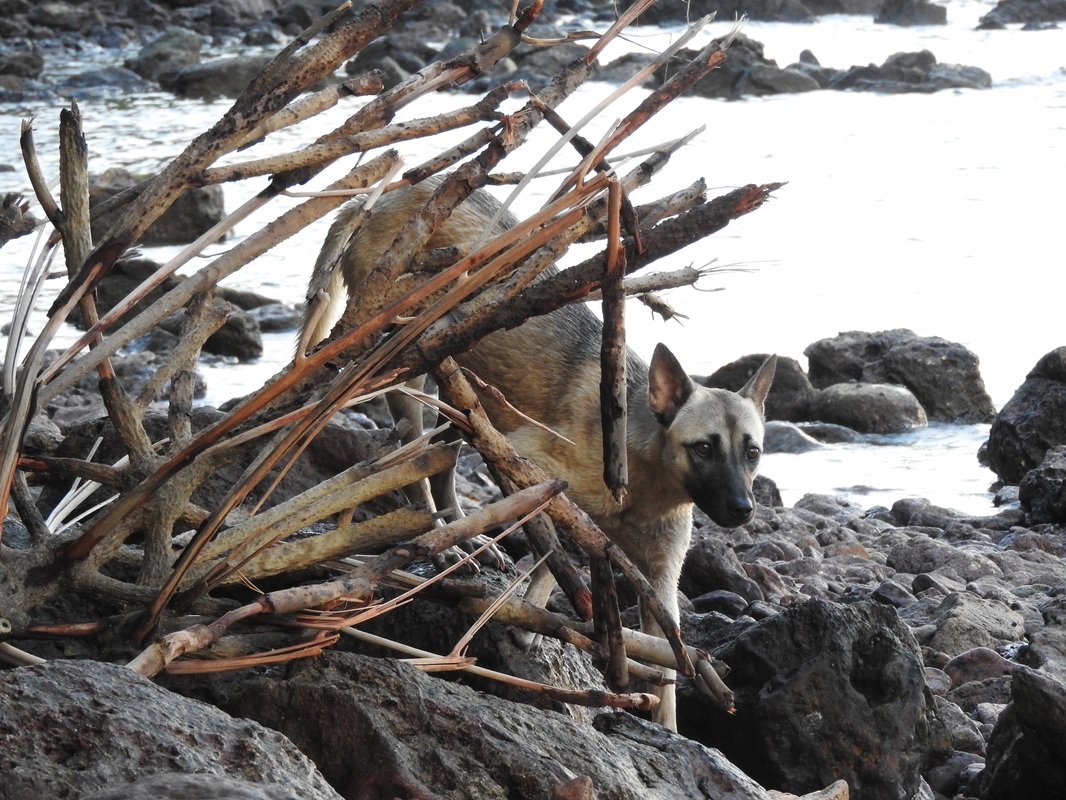
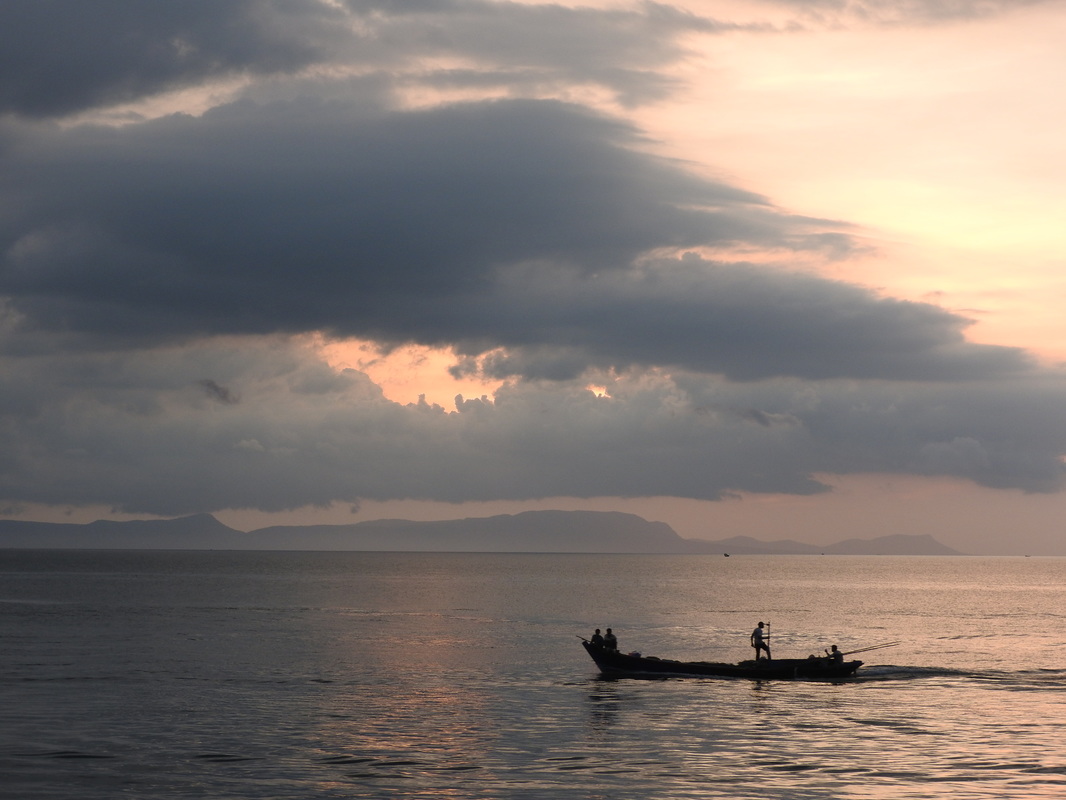
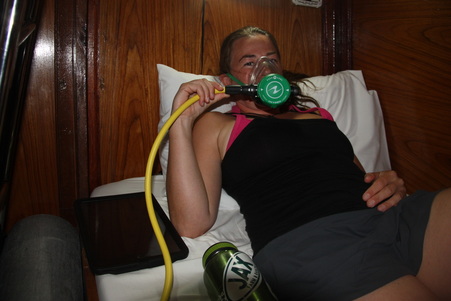
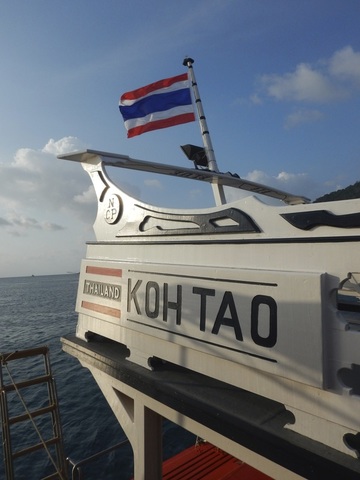
 RSS Feed
RSS Feed
